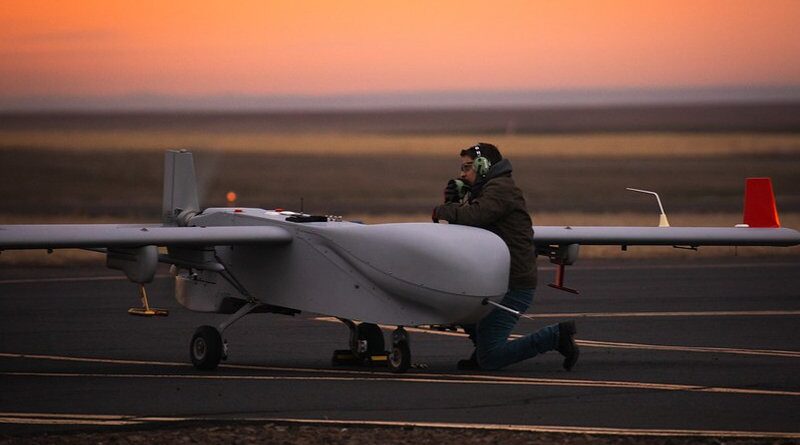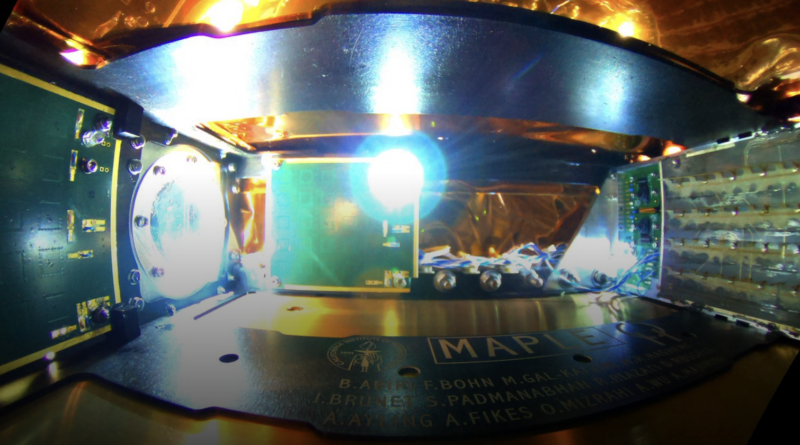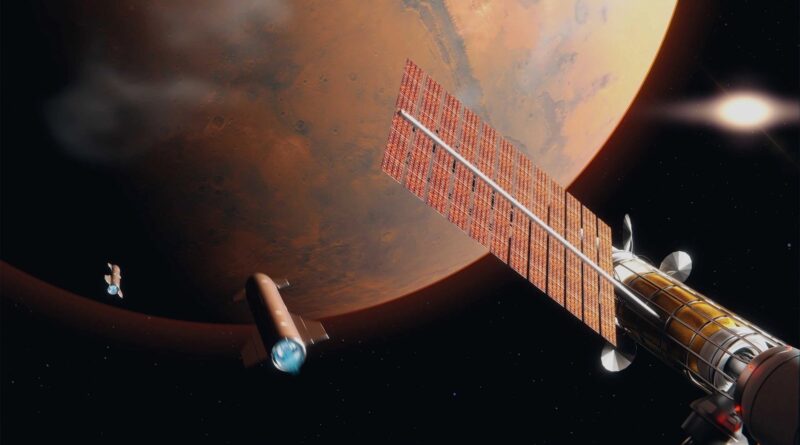Unmanned Aerial Systems Propel Atmospheric Science Forward
High in the sky over an Alaskan tundra, a small aircraft ran the same pattern over and over again. It swooped through clouds and flew down close to the ground. But there were no people experiencing the flight from inside the plane — it was an unmanned aerial system (UAS). … [continued]










